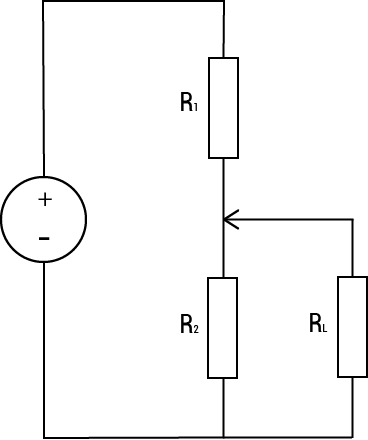Hybrid Potentiometer
Hybrid potentiometer are usually a combination of wire-wound and conductive plastic, the coil is coated with a conductive ink.
“Non-contact” Potentiometer
Non-contact potentiometer is when the wiper is not mechanically connected to the transducer shaft. A magnet is mounted to the shaft and the magnet pulls the wiper. So, the wiper is non-contact to the shaft, but the wiper is still in contact with the sensor element.
Advantages with a Potentiometer
Regal Component’s potentiometers are based on conductive plastic and the special version called membrane potentiometer. Conductive plastic has an accurate and durable output and long lifetime. There is linear and rotary potentiometric sensors, and the conductive plastic is used in both.
- Temperature resilient. Operating temperature of -40°C… +125°C. There are high-temp versions up to 200°C.
- EMC combability.
- Very high resolution.
- Priceworthy.





